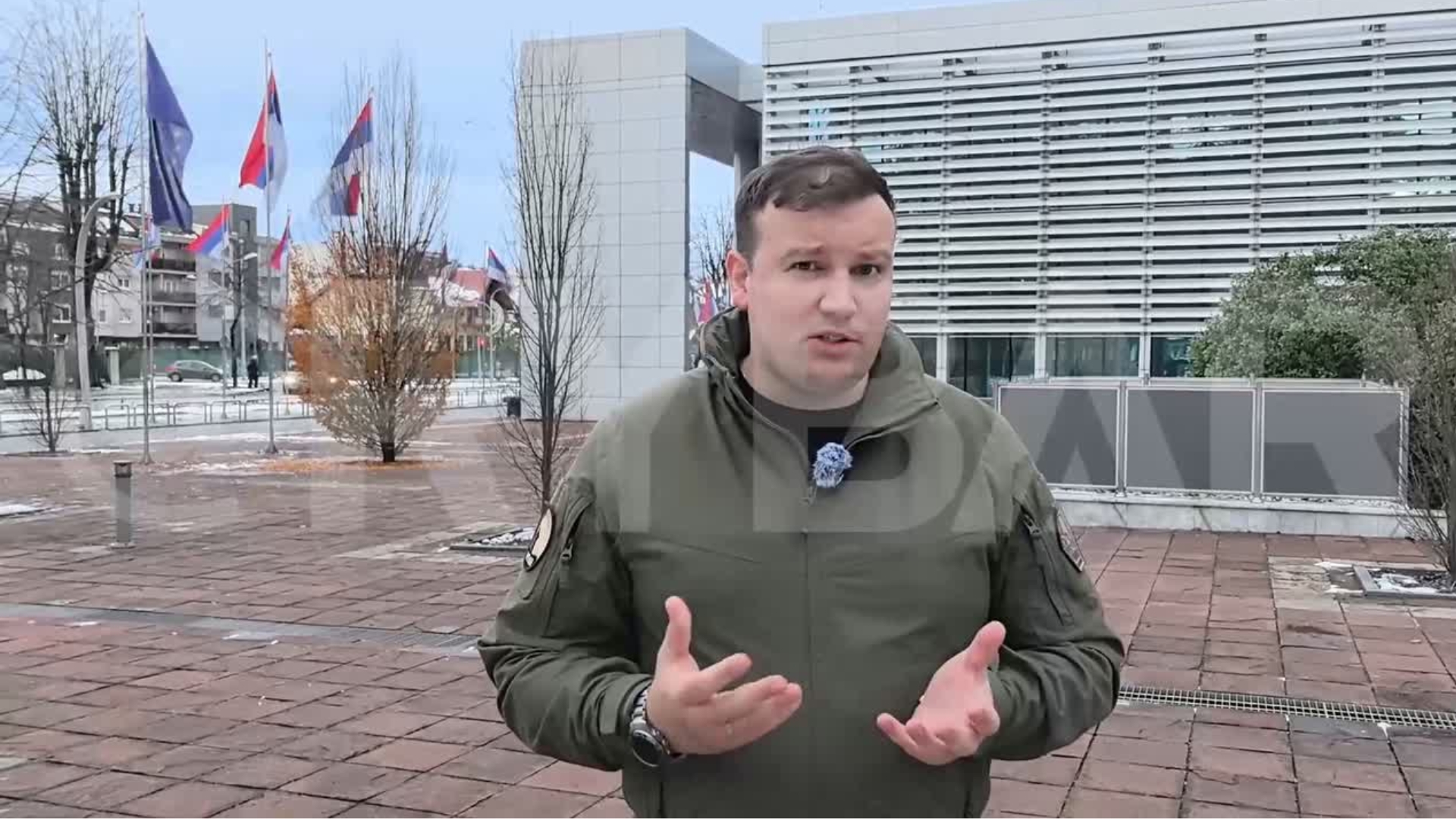This post is also available in: Bosnian
Butler explained that he came to this conclusion after having analysed thousands of documents issued by the Main Headquarters and other VRS units. He quoted the Directive no. 4, which Mladic sent to his units in November 1992, as the earliest evidence about VRS intentions to expel Bosniak civilians from the Podrinje area.
Under the Directive, Mladic ordered his units to cause the biggest possible losses to the enemy and force it to leave the Birac and Podrinje area, along with the Muslim population.
Mentioning that the civilian population offered the only support to Bosniak forces, Butler said that the attack against the civilian population was neither correct nor legitimate military goal.
Mladics order could have had a military purpose, but, at the same time, it was obviously unlawful, Butler said.
He said that, on the basis of military operations undertaken in accordance with the Directive no. 4, it could be seen that the VRS did not differentiate between the enemy and the population. During those operations the Serb Army packed thousands of refugees from the surrounding areas in Srebrenica until spring of 1993. After that the fall of the enclave was prevented by it being declared a United Nations protected zone.
On the basis of a document issued by the Bratunac Brigade Command after Mladics visit in 1994, which said that we have to defeat the enclaves and expel the population, Butler concluded that the VRS did not give up the destruction of the Eastern Bosnia enclave and deportation of the population. The creation of unbearable conditions in the enclave with the aim of forcing a massive departure of Bosniaks because of their inability to survive was first mentioned in that document.
The Prosecutions expert pointed out that this practically meant that all Muslims had to leave, adding that the deportation of the population was not a lawful military goal.
Mladic, former VRS Commander, is charged with genocide against about 7,000 Srebrenica Bosniaks in July 1995. The indictment also alleges that Mladic is charged with persecution of thousands of women, children and the elderly from Srebrenica, as well as persecution of Bosniaks and Croats throughout Bosnia and Herzegovina, which reached the scale of genocide in seven municipalities, terror against the local population in Sarajevo and taking UNPROFOR members hostage.
As indicated by Butler, the Directive no. 7, which was signed by Radovan Karadzic, President of Republika Srpska and supreme Commander of RS Army, was issued in March 1995. According to Butlers testimony, under that Directive, Karadzic ordered the VRS to create unbearable conditions of complete uncertainty without hope for future survival and living of the population in Srebrenica and Zepa.
While saying that the Directive no. 7 was unlawful as well, Butler said that in principle the VRS intention was to eliminate the protected zones. In his opinion, there was military logic in that too, considering the fact that the Army of Bosnia and Herzegovinas forces were present in those enclaves.
Butler said that, when the Directive no. 7 was issued, the VRS hoped to create a situation in which the international community would leave the enclaves and take everybody with it and tried to isolate the enclaves until it was no longer possible to stay in them.
In order to achieve the mentioned goal, Serb forces allowed insufficient deliveries of food, fuel and other basic supplies, not only for Bosniaks, but also for the UNPROFOR, to enter the protected zones, Butler said. He further said that Srebrenica and Zepa were never demilitarised despite an agreement under which they were declared protected zones and that the 28th Division of the Army of Bosnia and Herzegovina attacked the surrounding Serb villages and killed civilians.
My stand is that the VRS had a military excuse to attack the 28th Division of the Army of Bosnia and Herzegovina in the enclaves, as an appropriate military target, the Prosecutions military expert said.
The examination of witness Butler is due to continue on Wednesday, September 4.


